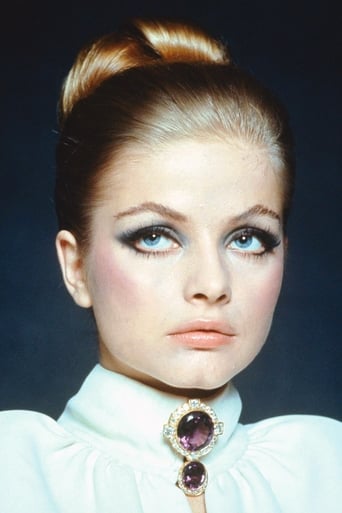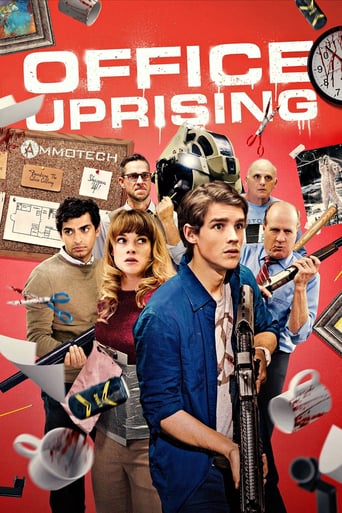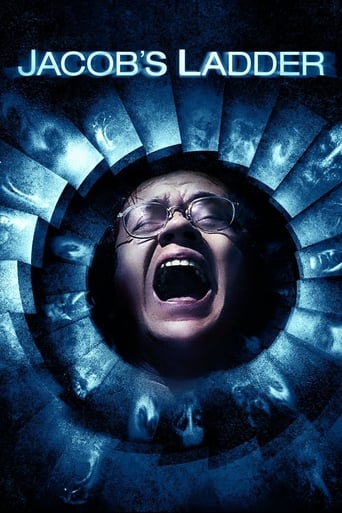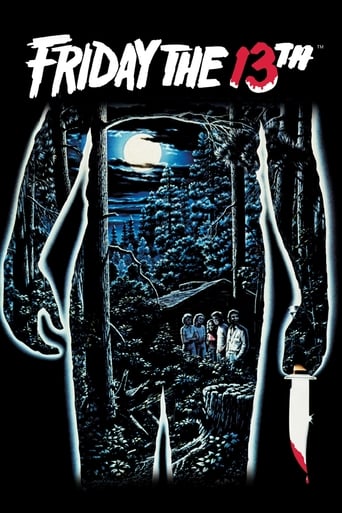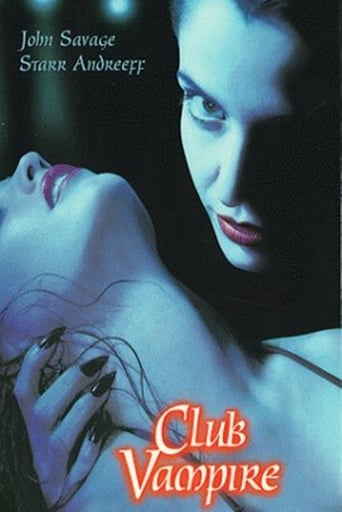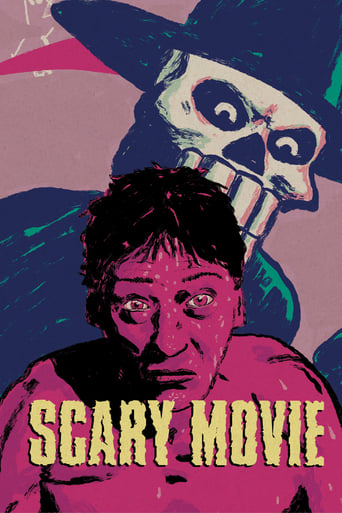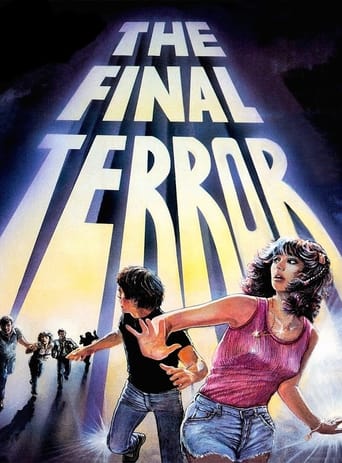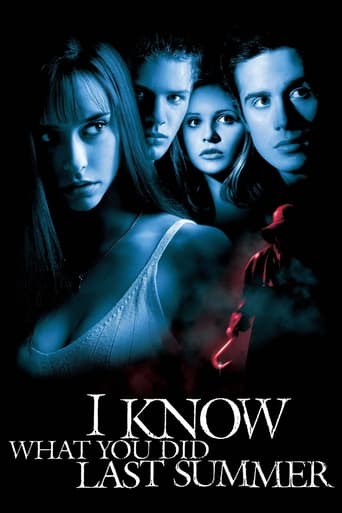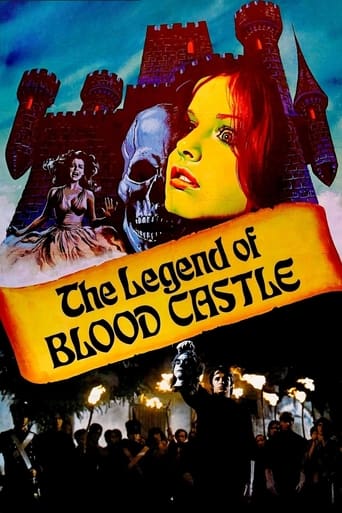

The Legend of Blood Castle (1974)
Countess Elizabeth Bathory conspires with her husband to acquire the blood of virgins to maintain her youth and beauty.
Watch Trailer
Cast


Similar titles
Reviews
I can't deny feeling just a tad bit underwhelmed after finishing my long-anticipated viewing of Jorge Grau's "The Legend of Blood Castle". Here I was all prepared and excited to acquaint with one of the most fabulous European Gothic horror movies of all time, directed by the Spanish genius who made "Let Sleeping Corpses Lie" and orbiting around one of the most horrific and notorious historical figures who ever lived. In the second half of the 16th Century, the Hungarian Countess Erzsébet Bathory discovered – or at least she believed – that bathing in the blood of young female virgins helped to retain a youthful appearance. She slaughtered hundreds of girls, which gained her the questionable honor of being the most prolific female serial killer of all times. Nearly 400 years later, this record still stands. There are a handful of really good horror films about her, notably Hammer's "Countess Dracula" and Harry Kümel's tantalizing "Daughters of Darkness", but still I was fairly confident that THIS would be ultimate cinematic version of the most macabre woman in history. "The Legend of Blood Castle" is reputedly the most accurate and relevant re-telling of the Bathory tale, elaborating more on her persona, her surrounding and her obsession for physical beauty. Now, "The Legend of Blood Castle" might very well be the most faithful version of the tale, but it's also a very confusing film that can't always manage to hold the viewers' attention. Most of the plot descriptions, including the one of the back of the DVD box, solely talk about how the countess bathes in the blood of her maidens and how her husband – marquise Karl Ziemmer – fakes his own death in order to go out at night, pretending to be a vampire and bringing back pretty young victims for his wife. However, this storyline only unfolds after 50 (fifty!) minutes into the movie! Before this, the movie endlessly focuses on the amorous escapades of the marquis and the extended trial against a father/husband accused of being a vampire. This particular trial is actually quite interesting to behold, because the accused is already executed but nevertheless attends his own trial, from inside a glass coffin with a wooden stake through his heart! These fifty not-so- relevant minutes are occasionally very atmospheric and creepy, but overall confounding. Once the Countess has taken her first "bloodbath", however, the film is truly nothing short of amazing! The last half hour is pure Gothic greatness, with eerie murders, thick-red blood effects and a climax that will continue to haunt your thoughts long after the film has finished. Perhaps one of the main reasons why the film, or at least the first full hour, comes across as rather underwhelming is due to the totally neutral and uncommitted English dubbing. The voices don't fit the characters and they all sound dreadfully monotonous. Some of the footage in the extended version is in Spanish with English subtitles, and those parts are noticeably a lot more spirited. Too bad the DVD didn't feature the option to watch the entire film in its original language, with subtitles. Jorge Grau nevertheless does his absolute best to clog up his film with a garden variety of Gothic trademarks, and they're most effective, I must say. The film opens with an atmospheric pagan ritual, the marquise's castle is full of hidden attics, peepholes and torture devices and – last but not least – throughout approximately 75% of the film you can hear two church bells eerily chiming. It's not a regular chime, mind you. First there's the "ding" and only like five whole seconds later follows the "dong". For some inexplicable reason, this is a masterfully unsettling sound effect and it honestly gives an extra dimension of fright to ALL the sequences where it's used. And there are plentiful! Personally I wasn't really impressed with Lucia Bosé's portrayal of Countess Erzsébet Bathory. Maybe this has to do with the fact she has to compete against other – much yummier – actresses like Ingrid Pitt and Delphine Seyrig, but more likely it's because she has very little charisma. Espartaco Santoni, on the other hand, nearly bursts with charisma and his performance as the sleazy marquise is tremendous. "The Legend of Blood Castle" is a good film, but I was really hoping I could call it a masterpiece of Euro-exploitation. Too bad, but still warmly recommended.
Vain and ruthless Marquise Eresebet Bathory (well played by Lucia Bose) bathes in the blood of young virgins in order to regain her youthful beauty. Her equally depraved husband Karl Ziemer (a deliciously wicked performance by Espartaco Santoni) and an evil old housekeeper (a superbly nasty portrayal by Ana Farra) help Bathory out. Director/co-writer Jorge Grau relates the compelling morbid story at a deliberate pace, maintains a grimly serious tone throughout, delivers a handy helping of grisly violence (the scenes with Bathory smearing blood on herself are truly gross and disgusting), and does an expert job of rendering a vivid and convincing evocation of a dismal period setting ruled by fear and superstition. The oppressively dark and bleak atmosphere and the spot-on stinging social commentary on the brutal excesses of the amoral and debauched upper class further add to this film's considerable unsettling impact. The credible acting by the capable cast rates as another significant asset. The lovely Ewa Aulin of "Candy" fame in particular makes for a fetching damsel in distress as feisty servant girl Marina Schneider. The polished cinematography by Fernando Arribas and Oberdan Troiani makes excellent use of smooth gliding pans and tracking shots. Carlo Savina's shivery score does the spine-tingling trick. The final image of this movie is truly chilling and memorable. Well worth seeing.
The picture is set in 1807 , Cajlice , Central Europe . The countess (Lucia Bose) masquerades the death her husband (Espartaco Santoni), as she needs blood to maintain facade of youth . The count abducts gorgeous girls from small village nearby the castle . Meanwhile , he falls in love with a countrywoman (Ewa Aulin) . The girls are killed and finally the countess can take her bath in their blood while being watched by the count .Rather erotic Spanish-Italian co-production plenty of killings , suspense and horror . The story takes parts here and there from Sheridan LeFanu's Carmilla and the legend based on historical figure Elizabeth Bathory . Interesting casting , as an attractive and mature Lucia Bose who long time ago played for Antionini and an elegant noble well played by Espartaco Santoni who acted in various horror films , such as ¨Lisa and devil¨ , ¨Night of the demon¨ , ¨Exorcism's daughter¨. And Ewa Aulin who performed along with Marlon Brando in ¨Cindy¨. Colorful cinematography in Hammer style by Fernando Arribas . Creepy , eerie musical score by Carlo Savina . The motion picture was well directed by Jorge Grau who made a Zombie classic called ¨Living dead at Manchester Morgue¨ or ¨Sleeping corpses lie¨ . Other movies about this Bathory legend are the followings : ¨The countess vampire¨ (72) by Peter Sasdy with Ingrid Pitt and Nigel Green and episode of ¨Immoral tales¨ (1974) by Valerian Borowickz with Paloma Picasso . And referred to Sheridan Le Fanu's Carmilla are ¨The vampire lover¨ (70) by Roy Ward Baker with Ingrid Pitt and Peter Cushing and followed by ¨Lust for vampire¨ (71) by Jimmy Gangster with Ralph Bates and Barbara Jefford.
Jorge Grau's "Blood Ceremony" is probably the best and most faithful adaptation of the story of Elizabeth Barthory, the real life Hungarian countess who bathed in the blood of virgins to keep herself young. (The "Barthory" section in Walerian Borozyx's "Immortal Tales" may be technically better, but Grau is more interested in actually re-telling than the legend here than in seeing how many naked, barely-legal French girls he can squeeze into the frame).Grau does make some interesting alterations to the legend. The countess is helped by her husband who fakes his own death and pretends to be a vampire to fool the superstitious villagers about the source of the exsanguinations. Barthory (Lucia Bose) is also a surprisingly sympathetic character who is only driven to her crimes by mortal despair and the beguilings of her old crone maid. Grau also doesn't make the same mistake as Hammer's "Countess Dracula" where Ingrid Pitt bathes in virgin blood and is instantly transformed from a withered, old hag into. . . well, Ingrid Pitt. It's left much more ambiguous here whether the treatment actually works--it only seems to transform Bose from an attractive older women to a perhaps slightly younger-looking older woman. This is much more effective and chilling than the Hammer histrionics.The highlight of any of these films is, of course, when the character actually takes a literal bloodbath. This scene perhaps isn't as "hot" here as Ingrid Pitt's in "Countess Dracula" or Rosalba Neri's in the non-sensical "Devil's Wedding Night", but it's much more effective cinemagraphically following a stream of blood from an unlucky virgin whose throat has just been slit through a drain in the floor to a shower where Bose is waiting naked below.Besides Bose, the cast also includes Swedish nymphet Ewa Aulin as the gold-digging daughter of the local innkeeper who shares her sexual favors with the count. It's not clear for awhile whether he's going to run off with her or make her another sacrifice to his wife's bloodthirsty vanity. Aulin is a little miscast here and personally I prefer her undubbed (and unclothed), but I guess her natural Swedish accent wouldn't have really worked in Medieval Hungary. The more unknown Spanish actors who play the rest of the villagers are good too. They turn out to be very vindictive and they take a terrible revenge on Barthory at the end (no doubt partially inspired by Edgar Allen Poe's "The Black Cat") that almost makes you feel sorry for her. This is a very good movie and one worthy of a resurrection on DVD.




